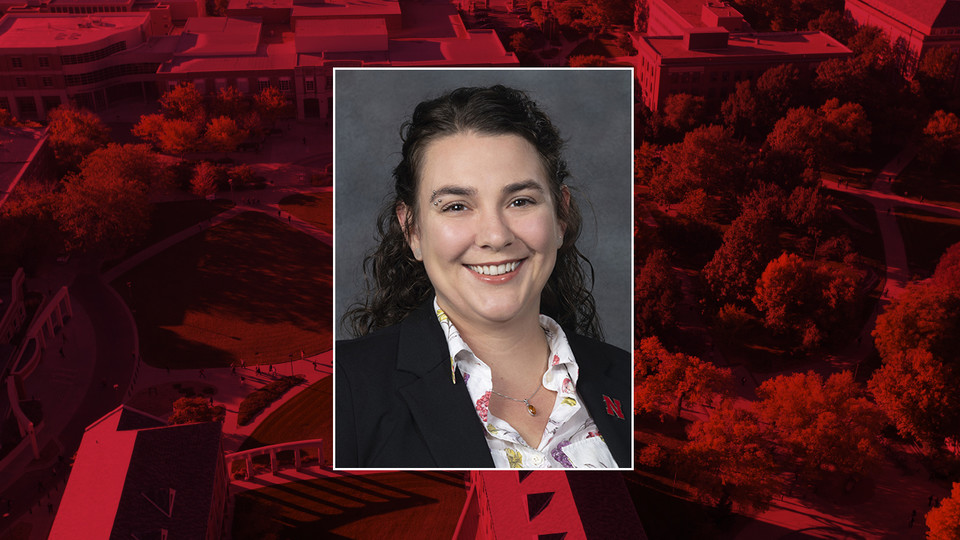· 3 min read
New faculty Q&A: Jennifer Lather

This semester, the University of Nebraska–Lincoln is welcoming more than 140 new faculty to its City and East campuses.
Among those faculty is Jennifer Lather, an assistant professor with the Durham School of Architectural Engineering and Construction in Omaha. Lather, who earned her doctorate from Pennsylvania State University, is now teaching a senior-level course that has students exploring the 3D-modeling software professionals use to design and direct the construction of buildings.
The native of California’s East Bay recently shared a few thoughts on the origins of her professional interests and her ideal research path at Nebraska.
How would you describe your primary research interests? How did those interests develop?
I work with healthcare facilities and using technology to aid data-driven design. There are two aspects of this research: investigating how people use space to guide practice and investigating how people design as teams.
My interest in this area has evolved over time. I first was interested in architectural engineering when I traveled around the United States as a young adult. The building practices were so different from the West Coast to the East Coast, and I was interested in why and how we could build new buildings more sustainably.
This evolved into work with information technology that was aimed at enhancing the communication in teams of different engineers and architects designing high-performance facilities. I found it fascinating to investigate how advanced technology can help the industry.
Now I’m focused on healthcare facilities because they are very complex buildings, and I feel it’s important to investigate the users of the facility to learn how buildings can better support the users.
Why did you decide to apply for a position at Nebraska?
I decided to apply because of the initiatives to develop research on healthcare facilities. Additionally, the Durham School is situated in Omaha, next to headquarters of prominent industry firms, making it a great place for academia and industry to partner together.
What are your early thoughts on Nebraska?
I hadn’t spent any time here before visiting the university. I’m enjoying the city a lot so far; it has a good quality of life, good food and nice people. I’m looking forward to exploring my new city.
What would you consider an important long-term goal in terms of your research, teaching and/or outreach?
Ideally, my long-term goal is to create a strong research program with a dynamic group of graduate and undergraduate researchers. I envision my lab as a test bed for both students and industry, where we as a research team work to advance the state of the art as well as support the Nebraska and broader industry through education and outreach activities.







